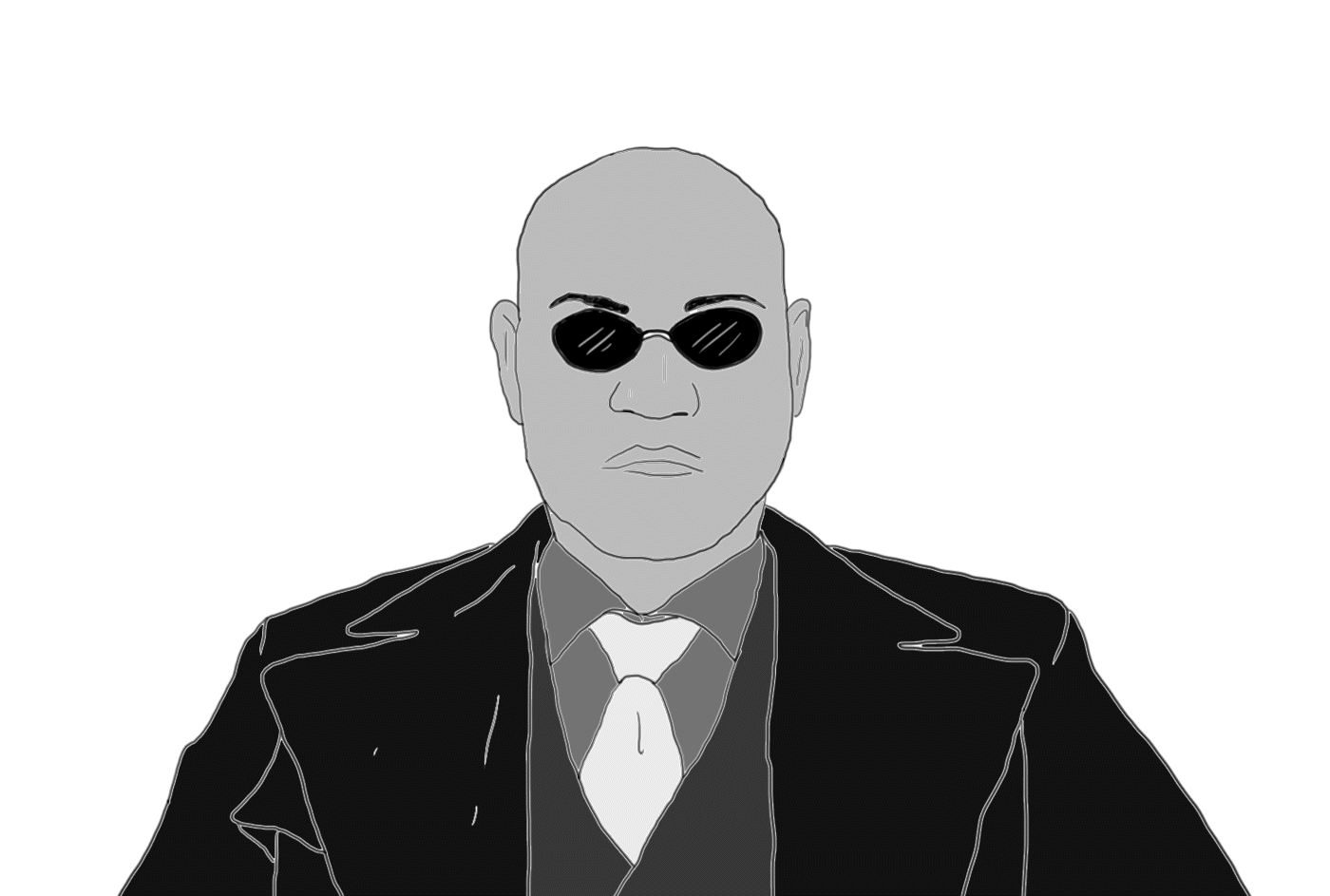The Why #38: Why is Netflix so popular, when I can never find anything to watch?
By Dan Monheit 18.3.22
Question submitted by Dave, Barwon Heads
Dave, I ask myself this most Friday nights. If you’re anything like me, this is how it usually goes...
You’ve sat down after a long, hard week of work. The dishes are done and the kids are finally in bed. Here comes the moment you’ve been waiting for - that sweet, sweet two hours of uninterrupted ‘me’ time. Life is good.
Except between ‘Trending this week’ and ‘New to Netflix’ nothing seems to stick. You’ve heard of Tinder Swindler but it's not really your jam. You consider Love is Blind Season 2 but you’re looking for something more… challenging. ‘Recommended for you’ couldn’t be more not for you.
This endless scrolling has made you grow weak with hope, and before you know it it’s midnight! Your allocated ‘me’ time has vanished. Saturday morning pilates is less than 6 hours away! Oh the agony.
Don't go and cancel your Netflix subscription just yet, Dave. Stan’s no better. In fact, if you’re of a particular vintage, you might even remember the same problem when picking a video at Blockbuster back in the day. There’s something behavioural to blame here.
Choice Paradox
The Choice Paradox refers to our tendency to get overwhelmed when we’re presented with a large number of options, which often leads us to make the easiest choice of all - nothing. It’s dubbed a paradox, because theoretically, we do want more choice. More choice should translate to more informed decisions, more power and more control. In reality, however, we’re terrible at having to choose. Worse still, if we do end up making a selection from a large number of options, we tend to be less satisfied, simply because of all the options we’re now not choosing.
The Choice Paradox was beautifully demonstrated in the famous ‘Jam Study’ of 2000, in which psychologists Iyengar and Lepper tested the impact of choice on conversion. On back-to-back weekends, they set up a display table at a fancy supermarket, offering shoppers a range of jams to sample and purchase. On the first weekend, six varieties of jams were available. On the second weekend, there were 24.While the 24 options attracted 50% more interest and sampling, the table with six varieties converted ten times better when it came time to purchase.
Less choice. Less fomo. More sales.
Our innate appreciation for simpler decision making helps us understand the rise of simplified phone plans and ‘feed me’ options on restaurant menus. Life is stressful enough without having to weigh up every choice, especially when it comes to your Friday night viewing. In fact, Dave, Netflix heard your cries and attempted to make amends with the introduction of a ‘shuffle’ feature in late 2021. Simply click the button, and it’ll instantly start playing one of Netflix’s 6,000 options for your viewing pleasure. What a relief! Until you get served Frozen 2, Saw 6 or Fast 210.
For brands, consider ways you can simplify the number and quality of choices by introducing things like categorisation, ‘most popular’ and ‘recommended’ labels. Alternatively, you could simply consider having one less thing on the shelf, knowing that providing customers with fewer but better options will lift conversion rates and boost post purchase satisfaction with the choice that’s ultimately made.
Behaviourally Yours,
Dan Monheit
PS If you missed the last edition, you can still check out why you can't tell your hairdresser your haircut sucks here.
Bad Decisions Podcast
Learn more about Choice Paradox in episode 3 of the Bad Decisions podcast.
Got a question?
Is there something you've always wondered about?
Send it through to AskDan@hardhat.com.au
Want more?
Want more? Check out Dan’s interview on The You Project about the science of selling.


